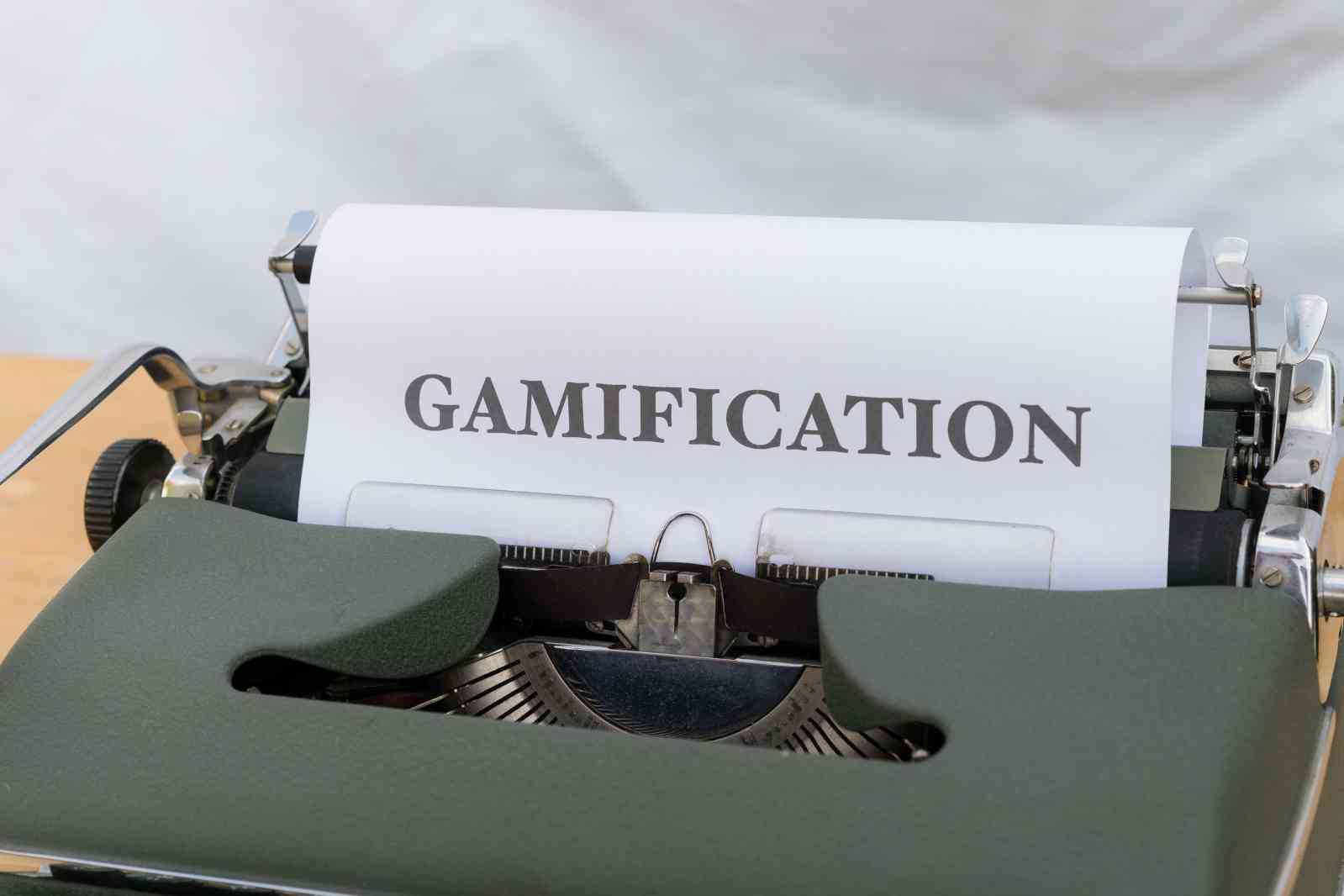We are improving how we teach to make learning more fun and helpful for everyone.
One innovative way to add fun to your study sessions is by incorporating gamification, much like you might play Fruit Shop slot for entertainment.

In this article, we’ll look at how gamification can make learning more fun.
Understanding Gamification in Education
Gamification is a way to make learning more fun and engaging by using elements from games. If we use game principles in education, learning can be fun and engaging for students.
Key Components of Gamification
Several key components are often present in gamified educational experiences:
- Points: Students can earn points by completing tasks or hitting academic milestones.
- As students learn and improve, they can move up to higher levels of achievement.
- To encourage students to do their best, we can offer rewards like certificates or prizes.
Also Read: How To Become A Nurse After High School?
Benefits of Gamification in Study Routines
Adding games to study sessions can make them more fun and engaging. This, in turn, can lead to students feeling more motivated and engaged with the material.
Improved Motivation
Playing games motivates students to work harder to win and feel a sense of achievement. Feeling successful can make them feel good about themselves and make them want to learn more.
Enhanced Learning Experience
Playing interactive games and facing challenges can make learning easier and more fun.
Practical Examples of Gamification in Study Routines
There are several ways to add gamification to study sessions. One method is to use educational apps and games to boost learning outcomes in mind. One option is to design challenges like games that match the subject.
Educational Apps and Games
There are lots of educational apps and games that cover many subjects and topics. These tools use points, levels, and rewards to engage students and enhance learning.
DIY Game-Like Challenges
Another option is for students to create their own game-like challenges. This could include flashcard competitions or timed quizzes. Those allow them to test their knowledge in a fun and engaging way. Students can use this approach to create challenges that match their learning preferences.
The Importance of Balance
To make study sessions more engaging, it’s crucial to find the right mix of games and learning. The main aim is to improve learning, not to cause distractions.
Striking the Right Balance
There should be a proper balance between gamification and education; it’s important for the success of this teaching method. The game-like elements complement the educational content rather than overshadow it. Game-like elements can be powerful tools to boost engagement, motivation, and learning outcomes.
Also Read: SEBA Class 10 IT-ITeS Book PDF Free
Avoiding Over-Gamification
There is also a risk of over-gamification, where the focus shifts from learning to playing. Make sure the game-like parts match the educational goals and help with learning. Educators and students should check the game features often. They should make changes if needed. This will help them focus on understanding and mastering the content.
In conclusion, gamification in studying can make learning more interesting and effective. Using game-like elements like points, levels, and rewards helps students enjoy learning. Many educational apps and games can make studying fun.
Students can also make their challenges that are like games and match what they need and like to learn. Students can enjoy a fun and effective way to learn by balancing games and education.